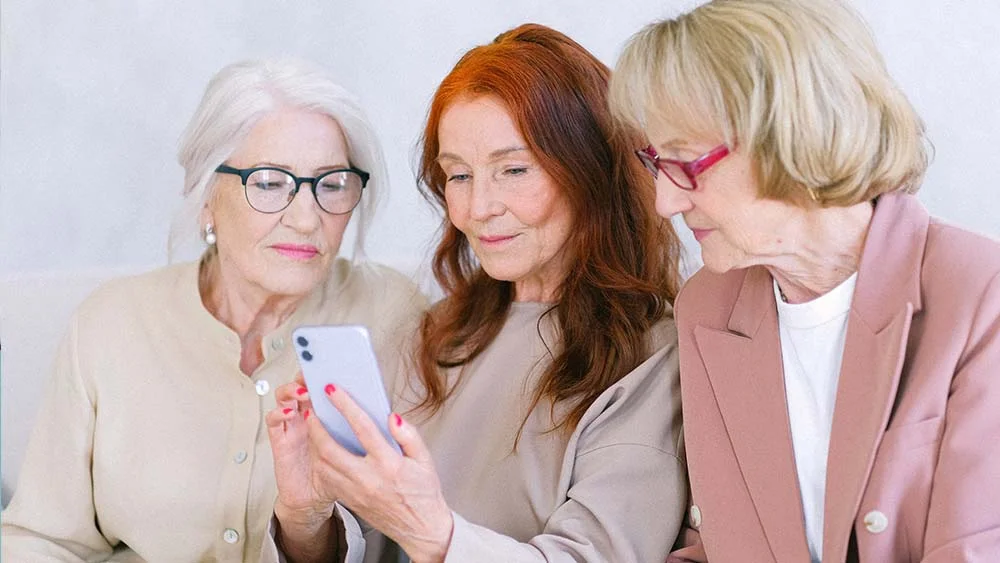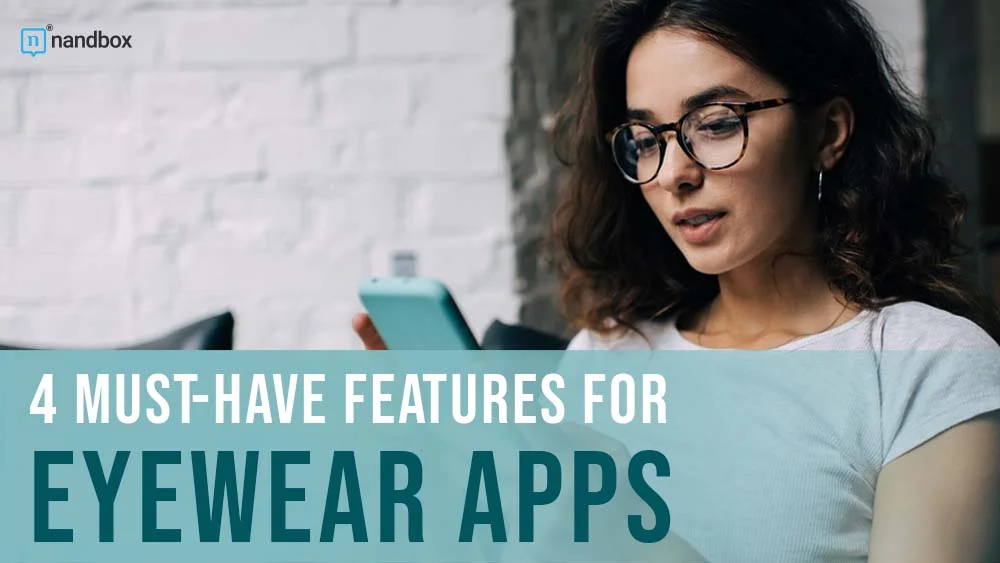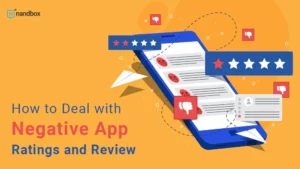Essential Functions for Developing Eyewear Applications
With digital technology comes the risk of developing eye strain, dry eyes, and other eye-related issues due to increased screen time. As a result, demand for eyewear has been on the rise. The global eyewear market is predicted to reach $223.22 billion in 2030. The World Health Organization states that at least a billion near and distant vision impairments can be prevented or treated worldwide. Proper eyewear helps correct vision problems, provide eye protection, and enhance overall quality of life.
Another factor driving the growth of the eyewear market is the rise of e-commerce. Today, many eyewear brands and manufacturers rely on their online presence via websites and smartphone applications to reach new and existing customers. However, some eyewear apps are more effective than others. Below, we’ll look at four must-have features for eyewear apps to meet customer demands better:

Virtual try-on
Powered by augmented reality technology, virtual try-on lets customers see what specific products look like on them before deciding to purchase or order. As such, this has become a popular feature of eyewear and fashion brands. For example, watch and accessory brand Fossil recently released their multi-category virtual try-on feature, allowing customers to “stack” various categories of products virtually to see how they look together. On a seamless and interactive platform, customers can virtually pair multiple accessories like watches, bracelets, and rings simultaneously.
For eyewear, some brands have taken virtual try-on a step further by letting customers try on glasses at home. Like virtual try-on, this free home trial feature aims to let customers try on certain products for free without spending immediately. This eliminates the need for customers to request orders and ensures that customers get what they’re paying for.
Personalized recommendations
Another critical feature that eyewear apps should have is personalized recommendations. Powered by artificial intelligence and machine learning algorithms, personalized recommendation can help deliver tailored suggestions to users based on their unique preferences, behaviors, and demographic information. The algorithm uses machine learning to scrutinize extensive datasets depicting user interactions, purchase records, and social media engagement to gain insights into individual tastes. This lets it make precise forecasts of customer preferences.
By using personalized recommendations, eyewear brands can elevate customer satisfaction, boost engagement levels, and convert more sales. Offering a personalized customer experience has long been vital to ensuring business success. According to market research, 33% of customers who ended their relationship with a business did so because of a lack of personalization.
Product presentation
Applicable to most businesses selling a product, investing in good product presentation can help elevate the look and feel of an eyewear app. After all, before customers determine if an eyewear product looks good on them, they’ll want to know and see that it looks good on its own. In a previous post on creating engaging mobile app content, we discussed the role that visuals play in mobile app content. Visual elements like colors, animations, and product photography can increase customer enjoyment when they use your app.
For eyewear apps, product photography should also consider the models wearing the glasses and shades. Aside from helping fashion-inclined customers determine if the colors of lenses and frames match aspects like their skin tone and face shape, displaying models wearing your products also helps bridge the gap between what the product looks like in your app and real life.
In-app store locator
Lastly, if applicable, your app should remind customers that you have physical stores. An in-app store locator can help connect customers to the nearest physical store in their area if they have questions or concerns about eyewear products. This would also come in handy for handling product returns, replacements, or other warranty processes.
Reminding customers that a physical store experience is available can also help convert sales for customers who may be hesitant about making online purchases and orders. Simultaneously, you can also put up signs and displays to remind visitors to your physical store about your eyewear app. This offers customers more flexibility in how they want to access your products.






